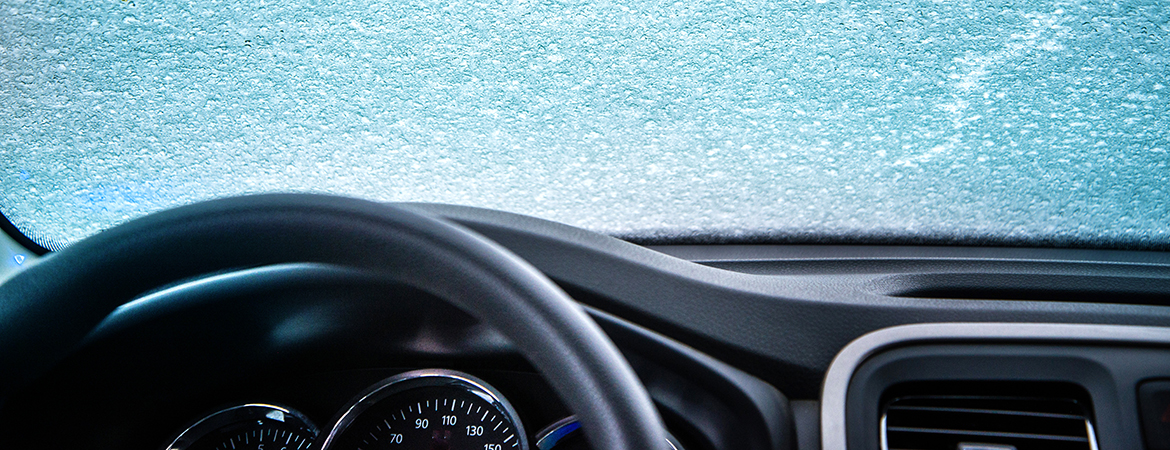7 tips for preparing to drive in winter weather
If you must travel in freezing conditions, some simple advanced preparation can help keep you and other drivers safe on the road.

This season, ice, sleet, and snow all have the potential to negatively impact Kentucky drivers. In fact, according to the National Weather Service, there are more than 1,000 deaths and 100,000 injuries in the U.S. each year related to vehicle crashes during winter weather. If you must go out on the roads in freezing conditions, a little preparation can go a long way. Keep in mind the following tips for smooth travels during chilly Kentucky weather:
- Stock your car with an ice scraper or snow brush ahead of any impending winter weather. Visibility is imperative to safe travels, and there’s nothing worse than getting hit with an ice or snow storm and not having the proper tools to clean your vehicle off.
- Be prepared for an emergency. Pack a winter car kit that includes essentials like battery booster cables, a flashlight, blankets, water/food, first-aid items, roadside flares/reflectors, and a cellphone charger. Keeping sand or kitty litter on hand may help you out of a tight spot – both can be used to gain traction if your car is stuck in ice or snow.
- Swap your summer wiper fluid for one that contains de-icer, which will cut through ice, frost, and salt, making it the perfect solution to take care of that winter gunk and grime on your windshield without freezing up.
- Keep your gas tank at least half full. In the event of a traffic jam or other emergency, this could save you from a rather chilly wait. In addition, it will help keep your gas lines from freezing and causing damage to your vehicle’s engine.
- Ensure your tires are inflated to the recommended PSI (pounds per square inch). Correct tire inflation is essential to safe driving, but cold weather can cause your tire pressure to fluctuate. To find the optimal PSI for front and rear tires, check in the driver’s side doorjamb, glove compartment, or the owner’s manual. Note that front and rear tire numbers may differ. If you’re having trouble finding this number, consult your dealer, manufacturer, or a tire professional.
- Avoid the temptation to warm up your car while it’s unattended. In fact, it’s illegal to do so in Kentucky (unless you have a keyless starter system). Cold weather is also prime time for “warm-up theft,” leaving tens of thousands of people nationwide the victim of vehicle theft every year.
- Plan ahead and know your route. Accelerating, stopping, and turning all take longer on snowy or icy roads. Allow extra time to arrive at your destination so that you can drive slowly. Be especially alert to avoid sudden stops and quick direction changes, which could increase the risk of a collision on slippery roads.
With proper preparation, drivers can remove some of the dread that comes with winter travel. Remember to exercise extra caution in sleet, ice, or snow so that you can arrive safely at your destination!
>> We want you to be safe out there on the road… but accidents still happen.
At Kentucky Farm Bureau, we’ve got agents in all 120 counties. Click to find one near you.
